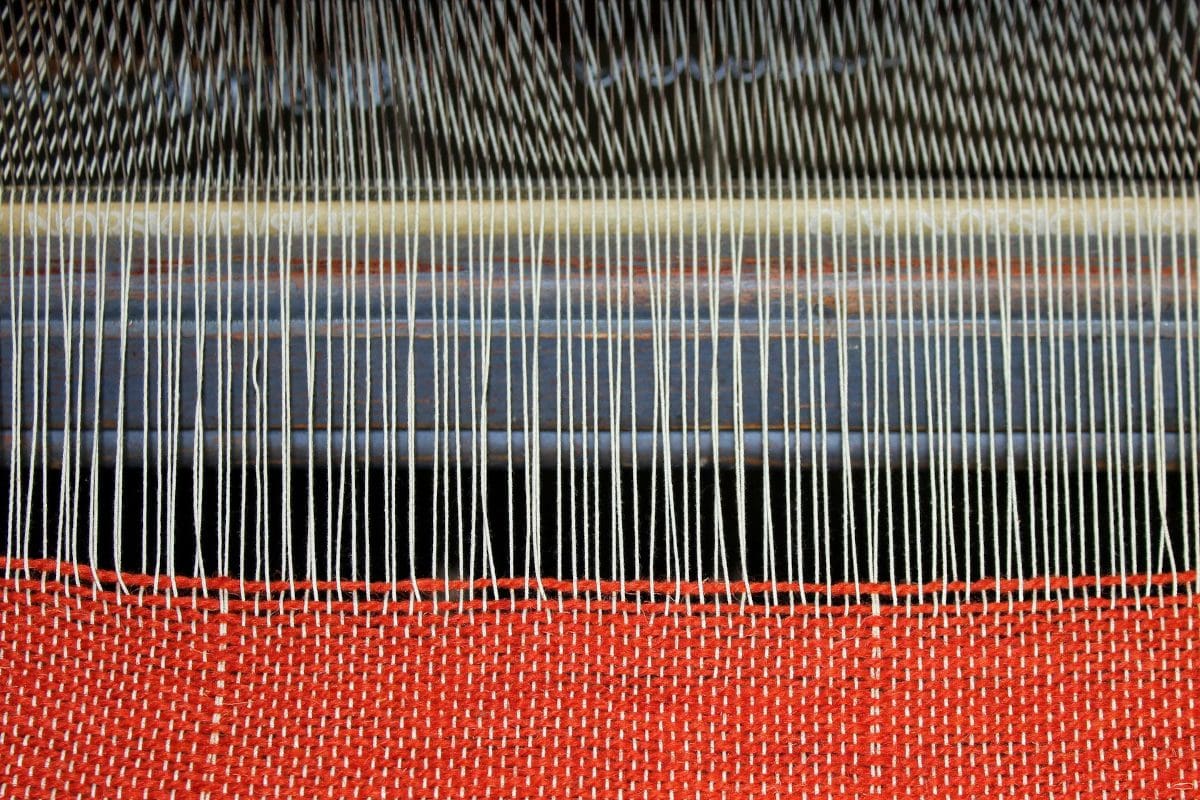This final article in this series of three articles explores how the Zettelkasten system transforms knowledge into actionable output, such as articles, videos, or essays. By drawing from interconnected notes and synthesizing ideas, creators can streamline their process and produce meaningful content that reflects their unique perspective. Emphasizing organization and originality, this article shows how the Zettelkasten bridges the gap between thought and creation, empowering thinkers to turn their intellectual discoveries into impactful work.
In the first two articles of this series, we explored how the Zettelkasten system allows thinkers to capture ideas and expand their knowledge by building interconnected networks. But knowledge isn’t an end in itself—it’s a foundation for creation. Whether you write essays, craft videos, or engage in any form of content creation, the Zettelkasten can transform your ideas into a steady stream of meaningful output.
In this final installment, we’ll explore how the Zettelkasten system helps you expound on ideas, turning them into cohesive works of art, intellect, or inspiration. By synthesizing your notes, identifying themes, and organizing connections, you can create content that reflects your unique perspective and resonates with your audience.
From Notes to Drafts: A Creative Workflow
One of the greatest challenges in content creation is starting with a blank page. The Zettelkasten eliminates this problem by providing a ready-made pool of interconnected ideas. Instead of generating content from scratch, you can draw from your existing clusters of notes, using them as building blocks for your work.
Example Workflow:
- Start with a central question or theme. For instance, How does failure drive creativity?
- Pull together relevant notes from your Zettelkasten:
- “Failure encourages iteration, a key component of innovation.”
- “Mindset shifts after failure promote resilience and problem-solving.”
- “Historical examples: Edison’s persistence with the light bulb.”
- Organize these notes into a structure that flows logically, forming the skeleton of your draft.
This approach reduces the cognitive load of creation, allowing you to focus on refining and expanding rather than generating ideas from scratch.
Synthesizing Insights: Creating Original Connections
The Zettelkasten doesn’t just collect ideas—it fosters the creation of new ones. By linking disparate notes, you’ll often discover connections that spark original insights.
Example:
Imagine you have notes on “flow states,” “failure in creativity,” and “the neuroscience of motivation.” Linking these might lead to a fresh idea:
- Flow states can mitigate the fear of failure by immersing creators in the process rather than the outcome.
This insight, born from the synthesis of your notes, could become the central argument of an article or the theme of a video.
Organizing for Impact
Once you’ve synthesized your ideas, the next step is organizing them into a coherent narrative. The Zettelkasten helps by naturally clustering related thoughts, providing a structure for your content.
Example Structure for an Article or Video:
- Introduction: Pose a compelling question or scenario (e.g., Why does failure make us more creative?).
- Context: Share notes that define the problem or set the stage (e.g., The psychology of failure in creative work).
- Insights: Build your argument using linked notes (e.g., How resilience, iteration, and flow states interact with failure).
- Conclusion: Offer a call to action or final reflection (e.g., Embrace failure as a teacher in your creative process).
This structure allows your content to flow naturally, keeping your audience engaged while showcasing the depth of your thinking.
Practical Application: Crafting a Blog Post
Let’s put the process into action:
- Topic: How constraints fuel creativity.
- Relevant Notes:
- “Constraints force lateral thinking by limiting obvious solutions.”
- “Historical example: Dr. Seuss writing Green Eggs and Ham with only 50 unique words.”
- “The paradox of choice: Fewer options lead to better focus.”
- Draft:
- Open with the Dr. Seuss anecdote to grab attention.
- Expand on the psychology of constraints and their role in creativity.
- Conclude with actionable advice for applying constraints in everyday work.
This process transforms raw notes into polished, engaging content.
Why Expound with Zettelkasten?
The Zettelkasten system turns your knowledge into a wellspring of creation. By synthesizing ideas and organizing them into meaningful structures, it helps you move from thinking to doing. Whether you’re writing, filming, or building, the Zettelkasten ensures your output reflects the depth and interconnectedness of your ideas.
Conclusion: Your Zettelkasten Journey
Exploring, expanding, and expounding are the three pillars of the Zettelkasten process. Together, they transform scattered thoughts into a powerful system for personal growth and creative output. As you continue your journey, remember that the Zettelkasten isn’t just a tool for thinking—it’s a way of thinking, a method for capturing the richness of your intellectual world and sharing it with others.
So, what will you create with your Zettelkasten?
